<< Previous | Displaying results 11-20 of 53 for "homosexuals" | Next >>
The Nazis used color-coded badges sewn onto uniforms to classify prisoners in the camp system and to easily identify the alleged reason for an individual’s incarceration.
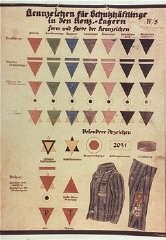
Portrait of a gay couple. Berlin, Germany, ca. 1930. Nazi ideology identified a multitude of enemies and led to the systematic persecution and murder of many millions of people, both Jews and non-Jews. The Nazis posed as moral crusaders who wanted to stamp out the "vice" of homosexuality from Germany in order to help win the racial struggle. Once they took power in 1933, the Nazis intensified persecution of German male homosexuals.
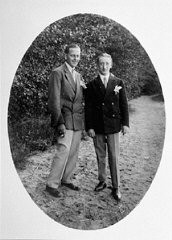
June 28, 1935. On this date, the German government revised Paragraphs 175 and 175a, facilitating the persecution of gay men and men accused of homosexuality.
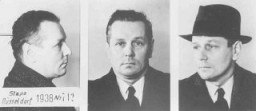
December 28, 1943. On this date, the Kohouts wrote to the commandant of Flossenbürg with a request to visit their son, a gay man who was imprisoned in the camp.
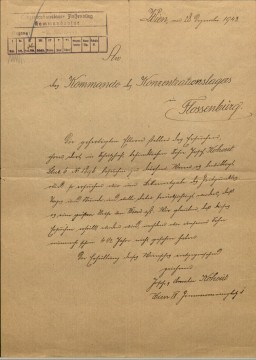
In 1919 Robert and his brother Karl founded the Nerother Bund youth group in the Cologne region. Like other German youth groups, it aimed to bring youth closer to nature through camping and hiking. Homosexual relationships sometimes developed from the intense adolescent male camaraderie, and the Nerother Bund accepted these friendships, as did a number of German youth groups at the time. 1933-39: Soon after the Nazis took power in 1933, they dissolved all independent youth groups and urged the members to…
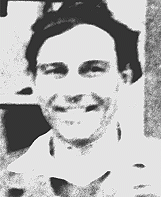
Between 1933-1939, Nazi eugenics and racial hygiene led to policies like mass sterilization and criminalizing marriage between Jews and non-Jews.

Portrait of Robert T. Odeman, author and actor who was imprisoned in 1937 for 27 months for homosexuality. In 1942, he was deported to Sachsenhausen concentration camp where he was a prisoner for three years. Berlin, Germany, before 1937.
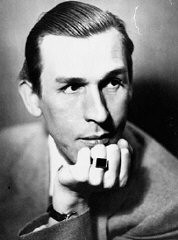
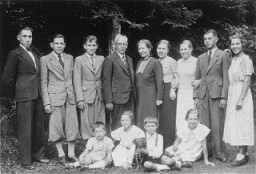
Learn about the Flossenbürg camp from its establishment until liberation in April 1945, including conditions, forced labor, subcamps, and death marches.
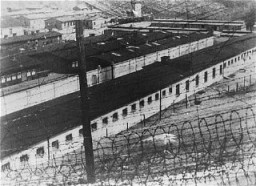
Jews were the primary targets for mass murder by the Nazis and their collaborators. Nazi policies also led to the brutalization and persecution of millions of others.
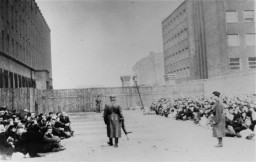
We would like to thank Crown Family Philanthropies, Abe and Ida Cooper Foundation, the Claims Conference, EVZ, and BMF for supporting the ongoing work to create content and resources for the Holocaust Encyclopedia. View the list of donor acknowledgement.